This site provides explanations of this local product center.
When you see this information at the time of your visit, you can understand much more.


We say "pull" -- we don't say "cut" when we prepare Sashimi. So, you pull this knife at once, pushing from bottom to top of the knife. Because of this motion, it is made with a thin and long blade. These are " - biki" and "Yanagiba." We use it to slice fish, meat, and processed food.

We use this mainly to clean a fish. This is a single edged knife, made with just the right thickness for use when we slice the fish into three pieces. We can also use this to cut up hard ingredients.

We use this to cut vegetables. We can chop, slice, chip, carve, and so on. There are both single and double edged versions. These days the double edged knife is popular.

We use this to cut meat. The knife blade is thin, so it is good for slicing ingredients like ham and tomatoes and so on.

This is wider than the chef's knife, and also thicker. It is suitable for families because you can use it to cut up any food, such as meat, vegetables and fish. To cut up hard ingredients like fish bones, please use the De-ba knife.

This is suitable for carving or cutting up fruit and small vegetables because of the blade's thinness.

・The undulating blade is useful to "pull" easily. This can't be used to cut up frozen food.
・The blade is like a saw and is used to cut frozen and thawing food.
※The bread slicer can't be used as a frozen food knife.
| Kind | steel + soft iron |
steel + stainless | stainless steel + stainless | stainless steel | steel (all steel ) |
|---|---|---|---|---|---|
| Illustration of section | - | - | - | - | - |
| Sharpness | ◎ sharp | ◎ sharp | ◎ sharp | ◯ a little less sharp than steel | ◎ sharp |
| Durability | ◯ a little less durable | ◯ a little less durable | ◎ high | ◯ high | ◯ a little less durable |
| Hardness | ◎ high | ◎ high | ◯ like steel | ◯ a little less than steel | ◎ higher than stainless |
| Easiness of sharpening | ◎ easy | ◯ easy | △ a little hard to sharpen | △ a little hard to sharpen | ◎ easy |
| To get a nick or not | ◯ a little | ◯ a little | ◎ Not much | ◯ Not much | △ easy to get a nick |
| Corrosion - to get rust or not | △ easy | ◯ The edge can rust easily | ◎ Not so often | ◎ Not so often | △ Not so often |
| How to care | After use, wipe well. If you haven't used it in a long time, wipe it with cooking oil. | Wipe off the center of the steel well. | It is unlikely to rust but wipe off well | It is unlikely to rust but wipe off well | After use, wipe off well. If you haven't used it in a long time, spread cooking oil on it and wipe off well. |
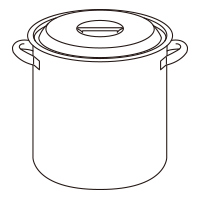
This is a pot where the diameter is almost the same as the height.
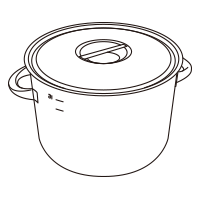
The height is half of the diameter.
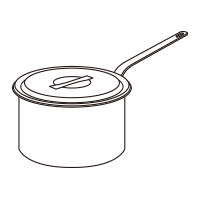
There is a long handle on one side, and the handle is made of metal or plastic.
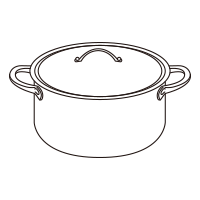
There are handles on both sides. There is both a deep pan and a shallow pan.
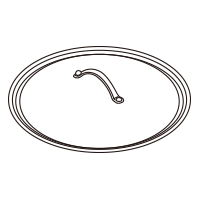
Please choose depending on the use or the pan.
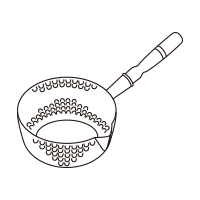
This has been used for cooking Japanese food for a long time.
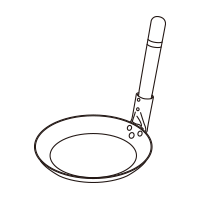
This is used to make rice dishes. If you cook a few dishes at the same time, please choose the stand handle type. There are two types of handles, stand and horizontal.
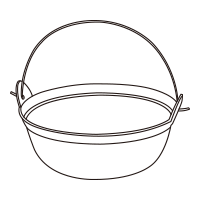
This is deep and has a handle, so it is used to cook food in large quantities.
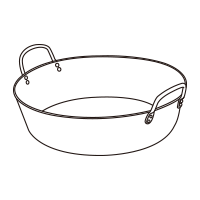
This is used only for frying. Please choose the size depending on the amount of oil you plan to use.
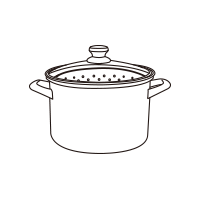
There is a basket to allow the hot water to drain.
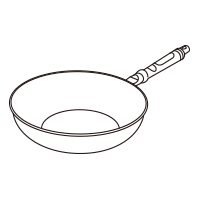
This is a kind of fry pan. Sometimes it is called a sauté pan. It is often used as a multipurpose pan, because you can use it for various things. Itame nabe is deeper than a frying pan and the rim gets narrow towards the bottom. This is made for stir-fry.

This is similar to Itame nabe. The feature of the wok is that the bottom of the pan is round. It is most suitable for use with a big chinese ladle.
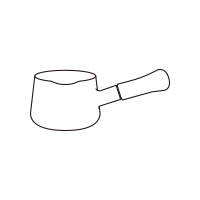
This is a small single-handle pan to cook a small amount. There is a size less than 15cm in diameter. A beak is usually used in order to pour easily.
| Materials | surface treatment (Teflon etc.) | Iron | Stainless steel | Aluminium | Titanium |
|---|---|---|---|---|---|
| Features | This can burn or become damaged at high cooking temperatures. | Heat conduction is good and is suitable for many kinds of dishes. This is multipurpose, but the care is important. | It is strong and beautiful, and the care is relatively easy, too, but it is necessary to take care at high temperatures. | It is light, and the care is easy, but is poor at high temperatures, acids, and alkali. | It is light and is strong. It is necessary to follow cooking tips and keep an eye on the gas flame. |
| Weight | ◯ | ◯ | ◯ | ◎ | ◎ |
| Cooking performance | ◯ | ◎ | ◎ | △ | ◯ |
| Care | ◯ | △ | ◎ | ◎ | ◎ |
| Durability | △ | ◎ | ◎ | ◯ | ◎ |
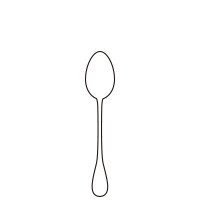
For rice, soup and dessert
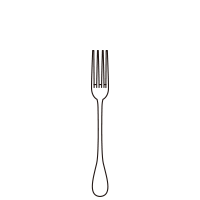
For hors d'oeuvres, meat dishes and desserts
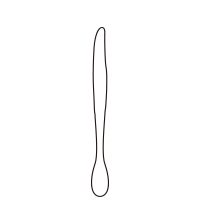
For hors d'oeuvres, meat dishes and dessert
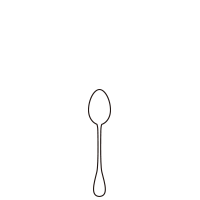
For tea, coffee and fruit cocktails
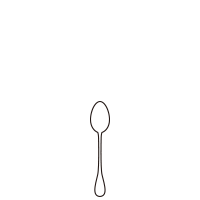
For coffee
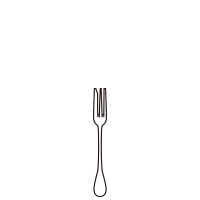
For cake and fruit
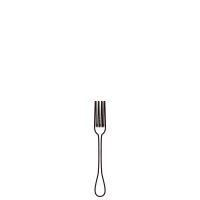
For fruit and coffee
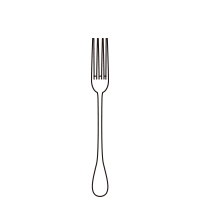
For meat dishes (formal)
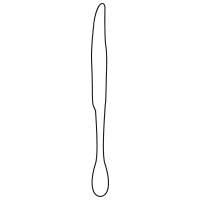
For meat dishes (formal)
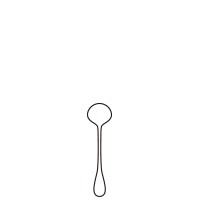
For sugar pot
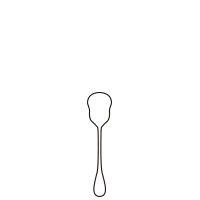
For ice cream
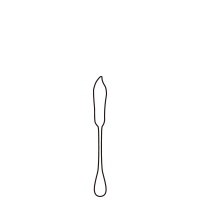
For butter, cheese, and jam
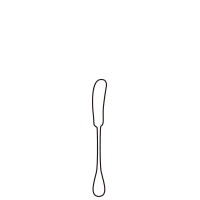
For butter and jam
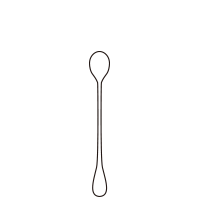
For parfait, ice cream, and ice tea
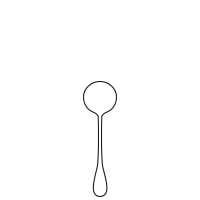
For Bouillon soup and dressing
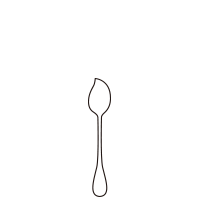
For cake and dessert
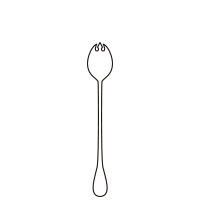
For melon and watermelon
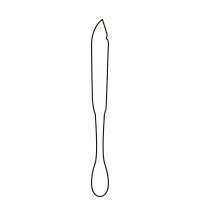
For fish dishes
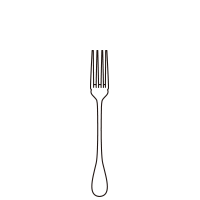
For fish dishes
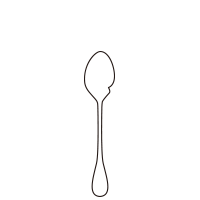
For fish dishes
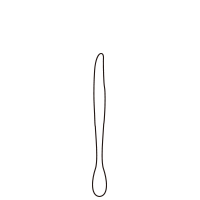
For fruit and pancake
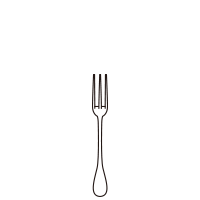
For fruit and pancake
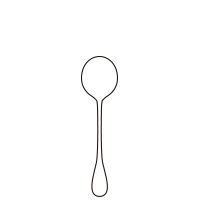
For soup
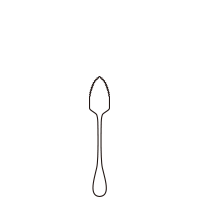
For grapefruit and fruit
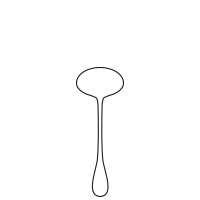
For sauces ( gravy or curry)
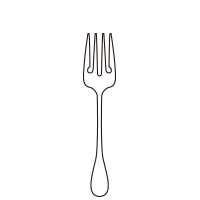
For serving (salad, fruit and dessert)
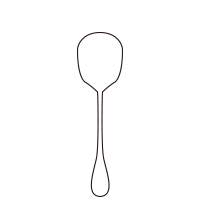
For serving (cold meat)

We have a clipper model in Tsubame Sanjo. For use in cutting fingernails or toenails. You can use it on curved nails, thick nails, fragile nails, and nail edges. There are some prepared samples available, so please pick them up and try them.

You will damage a nail if you use the wrong kind of file. It's best to fix a nail at the beginning by using the proper nail file! Please think about what you need: sharpening ability, durability, or washability. Because it is made of metal, without making abrasion (deterioration) and stronger than paper, you can use it for a long time. You can wash it, but it is necessary to dry it well in order to avoid rust.
・To file in the same direction as much possible.
・For a nail section, sharpen it only in a lateral direction.

Let's look at how we can match up your needs with an item. For use on wet or dry feet. The metal heel file is recommended, too.

Eyebrow scissors are small scissors with curved tips. Many of them have arched blades, which makes them suitable for cutting eyebrows.

Nose hair scissors are small scissors with curved tips. If you use eybrow scissors to cut nose hair (due to their similar sizes) you can easily injure your mucous membrane, so it is dangerous.

Please choose the scissors in accordance with use and purpose. Choose the handle that is easy to hold and to cut. Choose depending on size, little finger position, or the length of the blade.

These are features on the shapes of the tips. Some are specialized for removing big hairs or for easily removing downy hairs. Choose the type of hair you want to remove.

It is mainly used for cutting flowers.

Used as scissors to cut flowers for Ka-do (flower arrangement). You cannot use them to cut metal such as wire, or tin plates.

These scissors are used for gardening trees, dwarf trees, fruit trees, farm products and rope. They are used for cutting big things.

These scissors are used for gardening trees, dwarf trees, fruit trees, farm products and rope. Of course the big thing is cut.

The length of the blade is the same as bonsai scissors, but the angle is longer. It is most suitable for work in crowded places.

Used when cutting branches off of a tree. Used for making deep cuts, such as cutting down a tree.

Most suitable for the cutting of particularly big trunks, branches, and roots.

You can use them to remove the knots of bonsai trees.

They are scissors for pruning (cutting branches) such as fruit trees, garden trees, and garden plants. Because the blade is sharp and then, it is suitable for a hard tree. You can cut a tree almost to 14-16mm.

Scissors for picking the fruit off trees, harvesting vegetables, and harvesting flowers.

Is the scissors used to cut the raw thick branches and the like.

They are used mainly in the Kanto district..

This is for professionals. Scissors which have great durability.

Used for the care of your lawn, jewelry and the pruning of garden plants.
Sake drinking sets particular to Tsubame Sanjo. We explain the characteristics of the materials here. Each item's charm varies in its processing method and design. Please take a sample in the shop, and choose the tumbler of your choice.
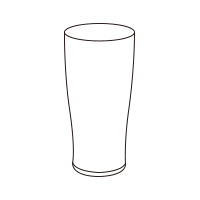
The inside of the cup is polished by an abrasion craftsman. Beer becomes smoother by a minute irregularity in the design.
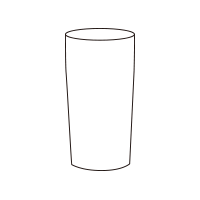
There are no metallic smells and odd tastes. Generally, it is good for those with metal allergies. It is superior in cold insulation and heat retention.
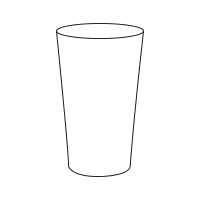
Thermal conductivity is good. Coldness is transferred to the surface when you pour cold beer, resulting in a refreshing feel to thetouch and taste.
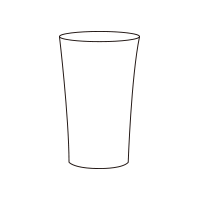
The taste of the drink becomes mellow and, by an ion effect peculiar to tin, enhances the taste still more.
A copper utensil that is beaten with a mallet into one piece of a copper sheet.Created with metal beating techniques, these copper utensil are used as industrial art objects such as small vases. There are a variety of products made using this techniques, such as a teapot, a tea caddy, a copper pot, a bottle and cup, etc.
We will introduce how a product is made here.
Here he cuts it to the form of the thing being produced from the copper sheet. He determines the center using compasses. This is because there was a hole traced at the bottom of the copper product.
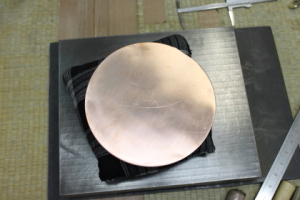
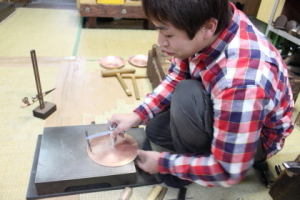
作First, he swats it with a wooden hammer and hits the side and uses his handmade cushions for work. He changes it a little without filling it in.
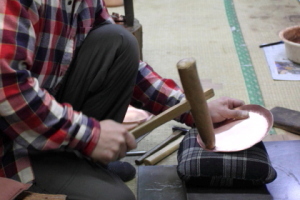
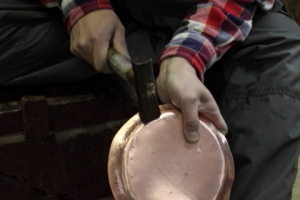
Using a heating tool and a burner, he softens the copper and when it becomes firm he beats it into the copper product.
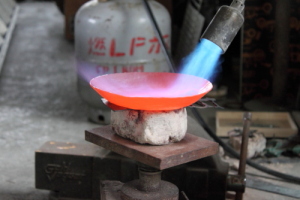
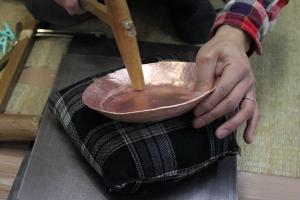
He makes form using an anvil with various shapes called "Tori-kuch" in a copper sheet. The hammer changes size and form depending on what is being made, and several kinds are used. These Uchi-chibori and Anneal are repeated and fixes the form. It is important to harden the copper by swatting it repeatedly many times.
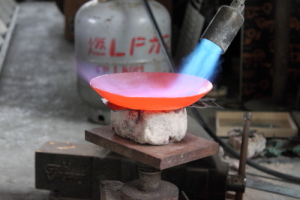
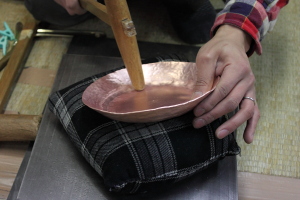
He measures a diameter in vernier calipers and smoothes distortions off the surface. He then processes the coloration, the tin pull and finishes it.
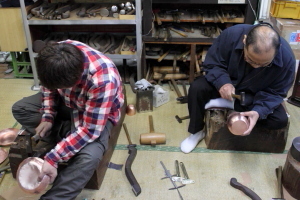
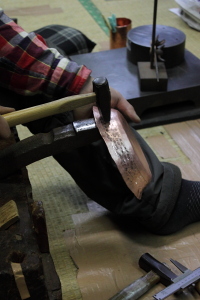
Product sightseeing section
Business promotion part
Tsubame Sanjo development of local industry center
1-17 Sugoro, Sanjo, Niigata, Japan 〒955-0092
Phone:+81-256-32-2311
Business hours:9:30~17:30
Regular holiday:Monthly first Wednesday, Year-end and New Year holidays
We decline carry-on of pet except service dogs such as guide dog, deaf person's dog.